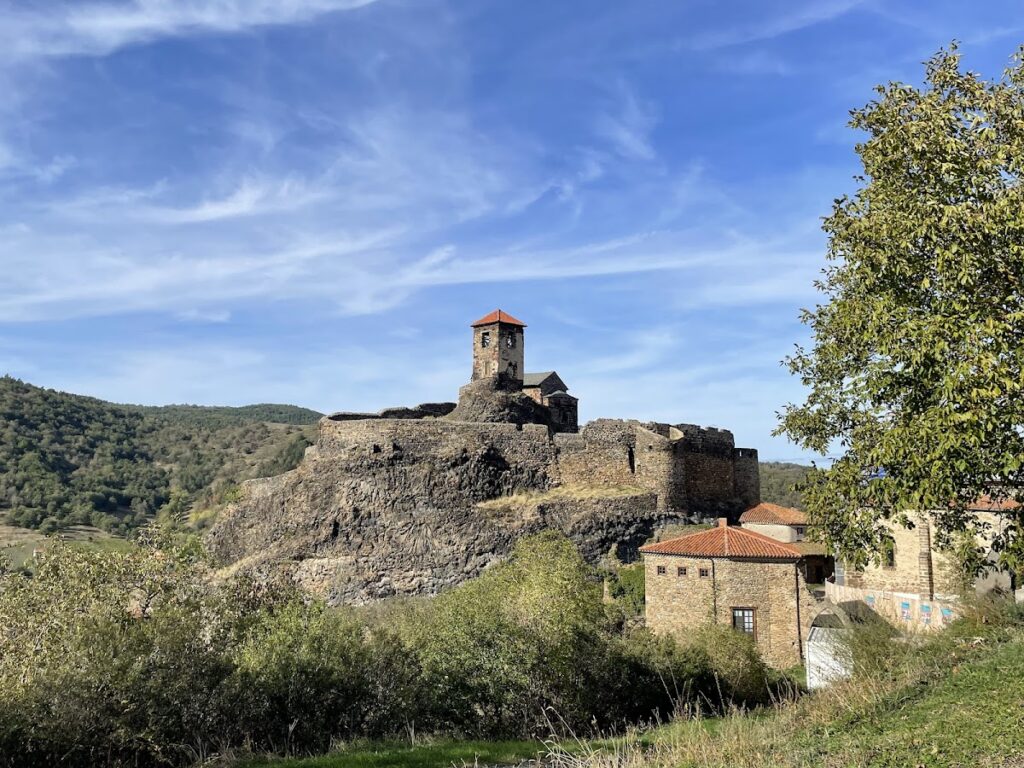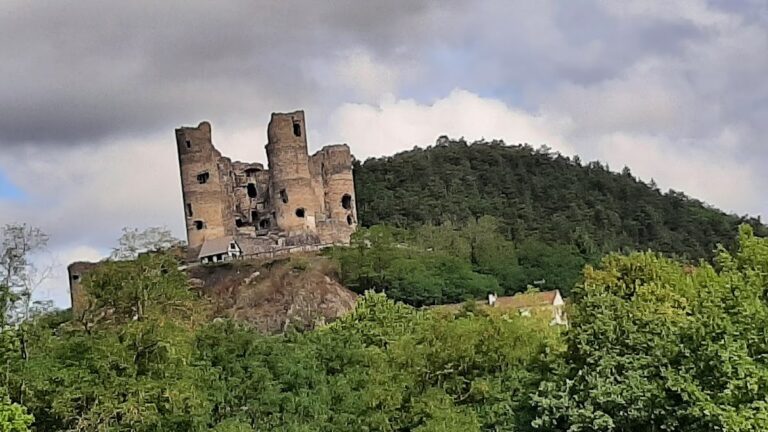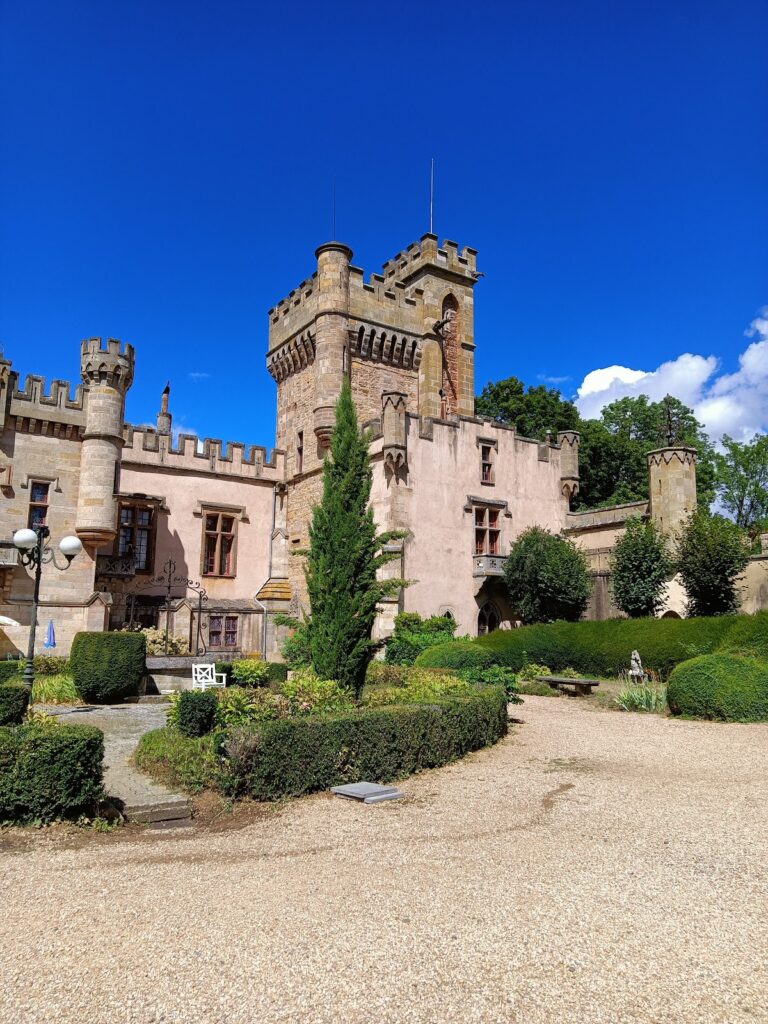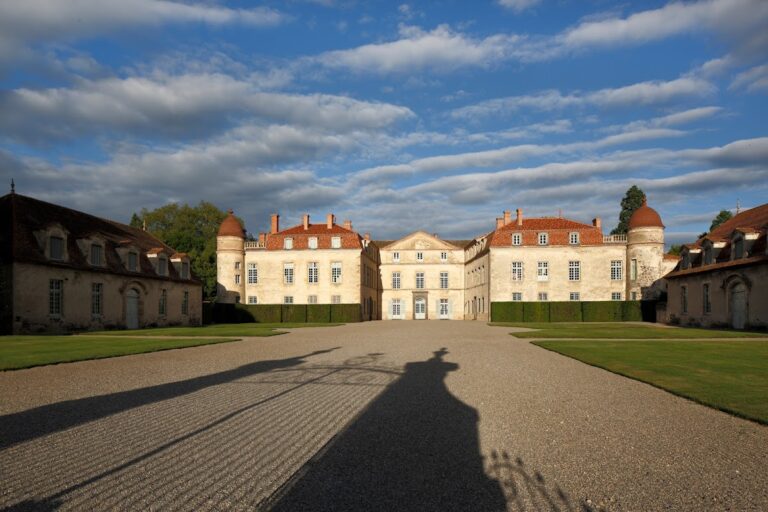Château de Saint-Ilpize: A Medieval Fortress in France
Visitor Information
Google Rating: 4.6
Popularity: Low
Google Maps: View on Google Maps
Country: France
Civilization: Unclassified
Remains: Military
History
The Château de Saint-Ilpize is located in the municipality of Saint-Ilpize, France. It was established by medieval builders as a fortified castle to oversee the strategic passage along the Allier river.
The earliest record of the fortress dates back to 1030, when it served as a stronghold for the Dauphins of Auvergne. Positioned to command the steep river gorges, the castle played a key role in regional defense and control. Throughout the Middle Ages, the site maintained its military significance while also functioning as a noble residence. During the 14th and again in the 16th century, the castle underwent several modifications reflecting evolving needs for defense and habitation.
Religious activity was present early on, as indicated by a chapel erected within the castle grounds in the 12th century. This sacred building was later rebuilt or extensively altered in the 14th century, using distinctive polychromatic tufa stone. The castle’s importance extended beyond its walls, as the town of Saint-Ilpize gained recognition as one of the “thirteen good towns of Auvergne.” In 1440, during the Praguerie revolt—a noble uprising against King Charles VII—the town notably stood in support of the monarch.
Ownership of the castle changed hands through several noble families over the centuries. The Dauphins of Saint-Ilpize maintained control until the end of the 15th century, after which the house of Amboise acquired the domain in 1480. The 16th century saw the property pass to the Rochefoucauld-Langeac family, who retained it as both a defensive and residential site. The historical value of the castle and its chapel has been formally recognized since the early 20th century, with official monument protections granted for the chapel ruins in 1907 and the castle remains in 1988.
Remains
The Château de Saint-Ilpize stands atop a basaltic lava formation, the eroded remains of an ancient volcanic crater. This natural elevation provided a formidable defensive position, overseeing the nearby Allier river below. The castle’s fortifications were arranged in multiple layers of defensive walls known as enceintes. These walls, interspersed with towers, enclosed the lower courtyards as well as portions of the medieval village, which expanded toward the riverbank by the 16th century.
Among these fortifications, only the highest enceinte remains largely intact today. This roughly circular ring of walls, composed of irregularly shaped segments, encloses the main seigneurial residence perched at the summit. Entrance to this upper level is gained by an access ramp on the northern side, starting near the village’s church square. The approach once included defensive chicanes—zigzag passageways designed to hinder attackers—bastions projecting outward for better defense, and small hidden postern gates for discreet movement, all guarding access to the lower courtyard below.
The lower courtyard itself was once reached through a gateway featuring a pointed arch, known as an arc brisé in architectural terms. Although this gate has since been destroyed, its form indicates the medieval style of construction. Along the lower enceinte runs a turret nicknamed the “épaulette,” which served a defensive role providing both surveillance and protection along the wall.
Adjacent to the castle’s defenses stands the remains of the former chapel, dating from the 14th century rebuilding phase. Constructed with polychromatic tufa—a type of colorful porous limestone—this chapel has a basalt gable wall that carries the weight of the church bells. A square tower next to the chapel functioned as the bell tower, integrating religious and defensive functions in close proximity. The seigneurial residence, connected to the southern section of the upper enceinte, combined living quarters with fortification elements, embodying the medieval need to balance comfort and security. Together, these archaeological features reveal a complex fortified site shaped by centuries of strategic and residential use.










